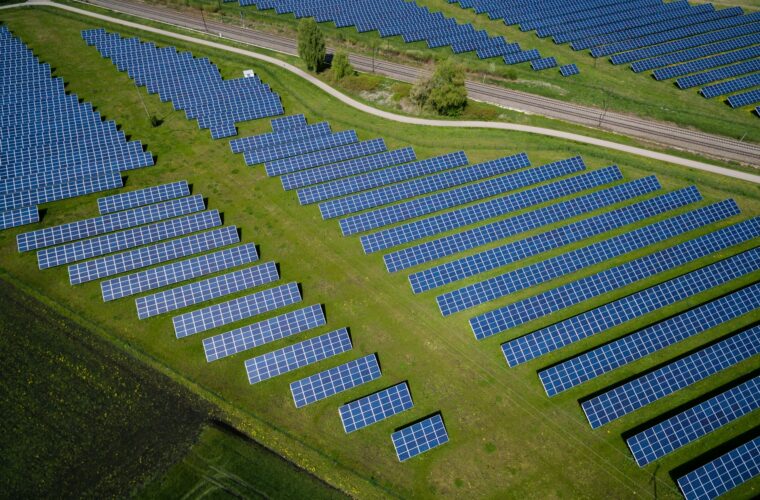Consumption at the heart of the problem
The world is getting warmer and, at the same time, more crowded. However, just about a week ago, I wrote about why population increase is not the root of the problem. There is a link between climate change and something related to the population: consumption, which does not equal even the exponential growth of the population. Academic research has been pointing in the right direction for decades, yet many people still refer to population as the major problem. It always makes me sort of sad to realize how long we have known about the problems (most environmental issues, in fact), and we are still fighting for awareness. There are some positive shifts, though.
The eighth billionth person was born in 2022. According to AP News, the Earth has warmed almost 0.9 degrees Celsius since the world hit the 4 billion mark in 1974. But why? A small fraction of the population is causing a dramatically higher portion of the carbon pollution than what their share should be. Africa has 16.7% of the world’s population but emits only 3% of global carbon pollution.
In comparison, the United States has 4.5% of the planet’s people, but since 1959 has been responsible for 21.5% of the heat-trapping carbon dioxide. If you want to understand why the pure population perspective is not right, refer to our previous article on the topic. And be careful next time someone mentions this argument: it even has a tinge of racism.
The problem is…
According to climate scientist Bill Hare of Climate Analytics, even within countries, it’s the wealthiest who cause more carbon pollution because 80% of the global population emits a small fraction of emissions.
The Sierra Club had promoted efforts to control the world population for quite a long time until a couple of decades ago when they looked harder at the root of the problem and broke down the numbers. They found the problems were overconsumption and fossil fuel use, which would be the same at 6 billion, 7 billion or 8 billion people. Surprising, right? Nevertheless, true.
The two biggest challenges facing humanity today are mitigating food insecurity and the dangerous effects of climate change. Unless 50% more food, 50% more energy and 30% more freshwater are available by 2030, shortages of all of these would be on a global and, at the same time, catastrophic scale.

Current and predicted food insecurity results from the lack of income in developing regions, high loss during harvest, transport and storage, especially in less economically developed countries, and high levels of food spoilage, especially in developing regions.
What steps are to be taken, and in which industries?
Wealthy nations are largely responsible for food waste. Taking into account that agriculture and food production alone is responsible for over 30% of total greenhouse gas emissions, we would need to transform the way we produce food, along with decreasing industrial and energy-intensive activities, which are also driven by the high demand for products consumed mostly by the developed world.
The responsibility of the individual
Consumption includes many things, from clothes to electronic devices. By 2050 nearly two-thirds of the population will live in urban areas putting pressure on the systems our societies are based on. Dietary patterns will also shift… and not for the better. People will have a higher demand for meat and dairy products, leading to more demand for land and resources. And this brings us to our next article on the topic: what individuals can do to decrease their consumption and thus lower greenhouse gas emissions. Please, follow up with us.



